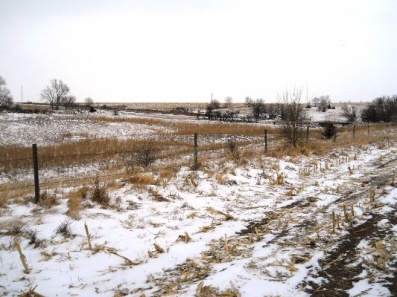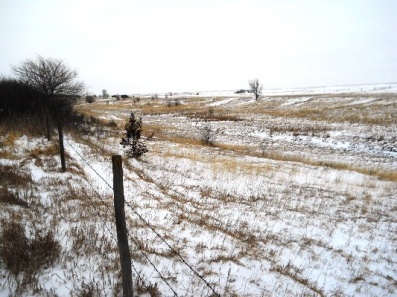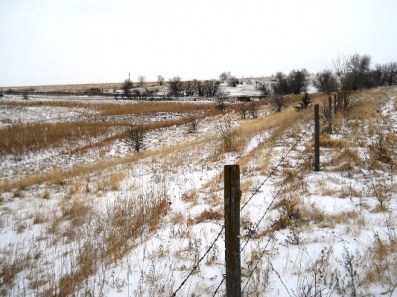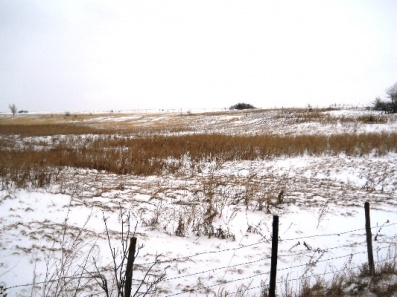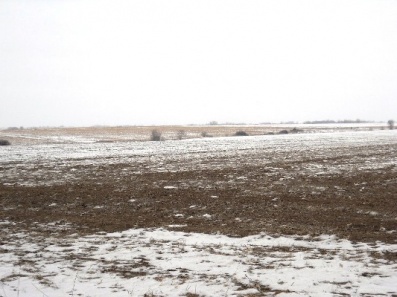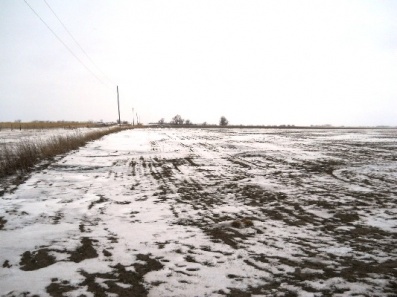Hastings resident Elsie Ann Karmazin, 88, died Thursday, March 20, 2014, at Blue Hill Care Center in Blue Hill, Nebraska.
Rosary will be Sunday, March 23, 2014, at 7 p.m. at Sacred Heart Catholic Church in Lawrence. Mass of Christian Burial will be Monday at March 24, 2014, at 10:30 a.m. at Sacred Heart Catholic Church in Lawrence with Father Thomas Bush and Monsignor Ivan Vap officiating.
Burial will be at Sacred Heart Cemetery in Lawrence. Memorials may be given to Sacred Heart Catholic Church in Lawrence, Nebraska. Visitation will be Sunday, March 23, 2014, from 3-9 p.m. at Lawrence Visitation Chapel, Lawrence.
Elsie Ann was born July 29, 1925 in Spring Ranch, Clay County, Nebraska to John and Lillian (Wolfe) Lipovsky. She was baptized at St. Martin Loucky Catholic Church. She attended Prairie Rose Country school Dist #4 in Clay county and then Lawrence High School graduating in 1942.
After graduation she worked in Lincoln at Western electric Company until her marriage.
Elsie married Robert Karmazin on August 28, 1947 at St. Martin Loucky Catholic Church.
The couple made their home in the country 4 miles east and 1 1/2 miles north of Lawrence, Nebraska.
Elsie worked as a bookkeeper at Ron's Pharmacy in Blue Hill from 1979 to 2001 for her son Ron. She was active in Sacred Heart Alter Society home and school organization , Lawrence Legion Auxiliary and Lawrence extension club and Lockland Country Club. She enjoyed being a 4 H leader.
She had a special fondness for her vegetable, fruit and flower gardens over the years.
Bob and Elsie enjoyed traveling and spent many winters in California where they enjoyed golfing and visiting friends. In 1981 they moved from the country to their new home in Lawrence, Nebraska.
In 2009 with Elsie's health failing they moved to College View Assisted Living in Hastings where Elsie made her home until the last month.
Elsie was preceded in death by her parents and a son, Michael R. Karmazin.
She is survived by her husband Robert J. Karmazin, of Hastings.
Her children, spouses and families include, Michael R. Karmazin (deceased) Michelle and TJ Chamberlain of CA, Tyler and Alexa, Kimberly Karmazin of CA. David Karmazin of Florida, Kathleen and David Vacek of Lander, Wyoming, William Vacek of Lander Wyoming, Kenneth and Katie Vacek of Ankeny, Iowa, Audrey, Isabelle and Michael, Ronald J. and Colleen Karmazin of Blue Hill, Eric and Rachel Karmazin of Omaha, Luci and Maddox, Jodi Karmazin of Lincoln, Emma and Hunter Meyers, Andrew and Emma Karmazin of Omaha, Nebraska, Bennett; Sandra S. and John Woodward of Rochester, MN; Trudy Woodward of Omaha, Ne, Robert and Allison Woodward of Lincoln, Ne. Brother and spouse Ed and Lorene Lipovsky of Fairfield, Ne, Sisters and spouse, Marie Sakore, of Grand Island, Ne and Dorthey and Don Buescher of Lawrence
.







 Thursday, March 13, 2014 -10:00 a.m.
Thursday, March 13, 2014 -10:00 a.m.






















































